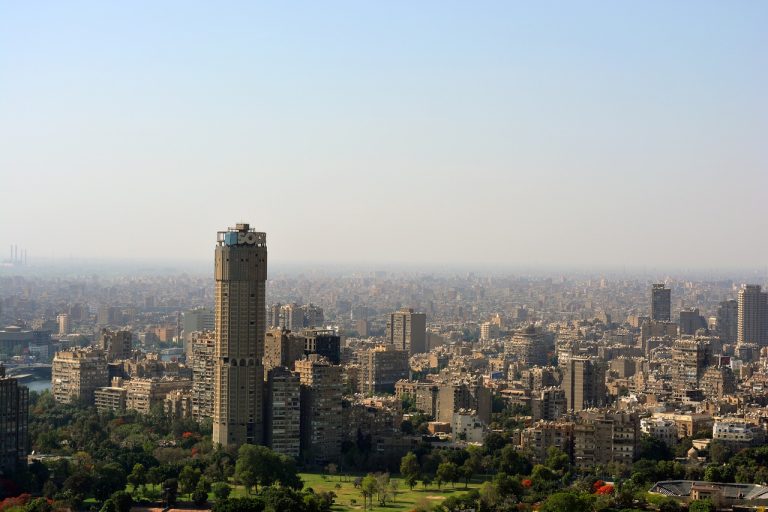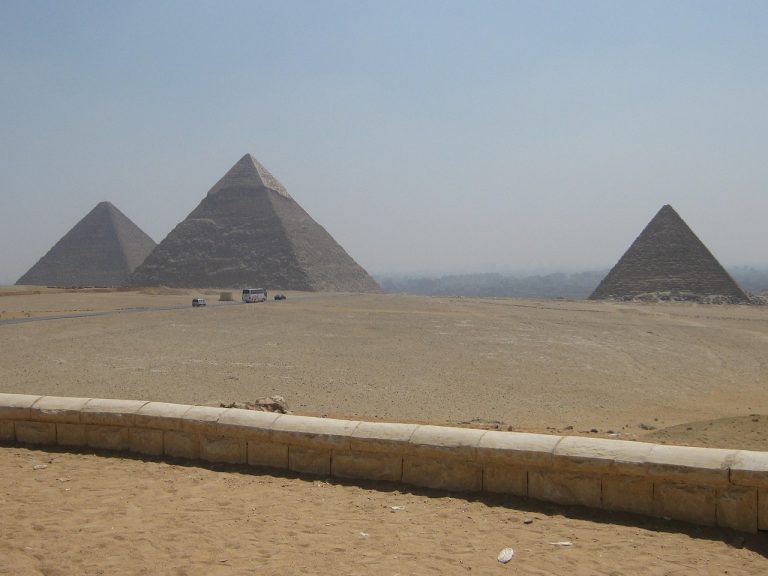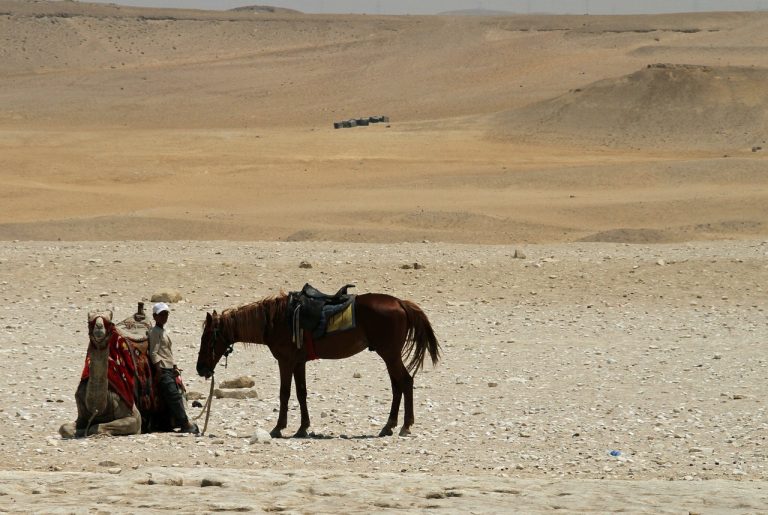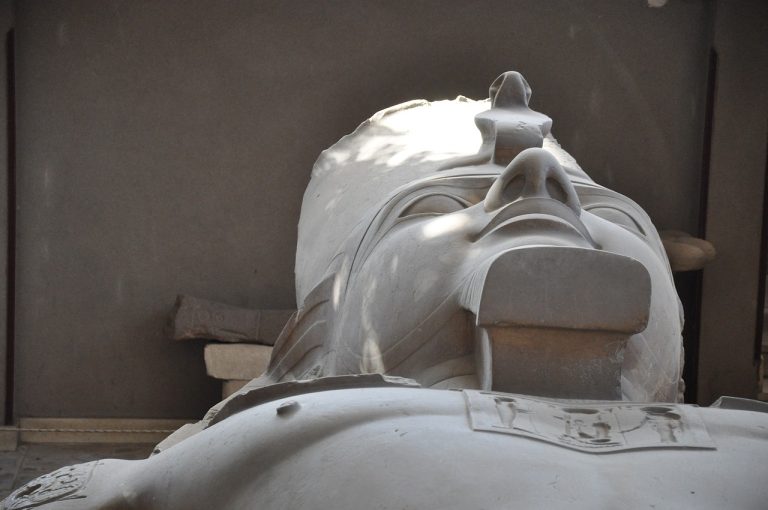Cairo Egypt Video
Historical Landmarks of Cairo Egypt: A Deep Dive
Cairo, the capital city of Egypt, is a treasure trove of historical landmarks that showcase the rich cultural heritage of the region. From ancient pyramids to medieval Islamic architecture, Cairo offers a fascinating journey through time. In this article, we will explore ten significant historical landmarks in Cairo, each with its unique story and architectural splendor.
The Great Pyramid of Giza
- Keywords: Pyramid, Giza, Ancient Wonder
- Summary: The Great Pyramid of Giza is the oldest and largest of the three pyramids in Giza. Built as a tomb for Pharaoh Khufu, it stands as a testament to ancient engineering and construction. With its impressive size and remarkable preservation, the Great Pyramid continues to captivate visitors from around the world.
The Great Pyramid of Giza, also known as the Pyramid of Khufu, is one of the Seven Wonders of the Ancient World. Constructed over 4,500 years ago, it stands as a testament to the incredible engineering skills of the ancient Egyptians. With a height of 481 feet (147 meters), it held the title of the tallest man-made structure for over 3,800 years. The Great Pyramid was built as a tomb for Pharaoh Khufu, who reigned during the Fourth Dynasty of the Old Kingdom of Egypt. Its precise construction and alignment with the cardinal points continue to amaze historians and archaeologists. Today, visitors can explore the interior chambers and marvel at the grandeur of this ancient wonder.
Cairo Egypt Image 1: 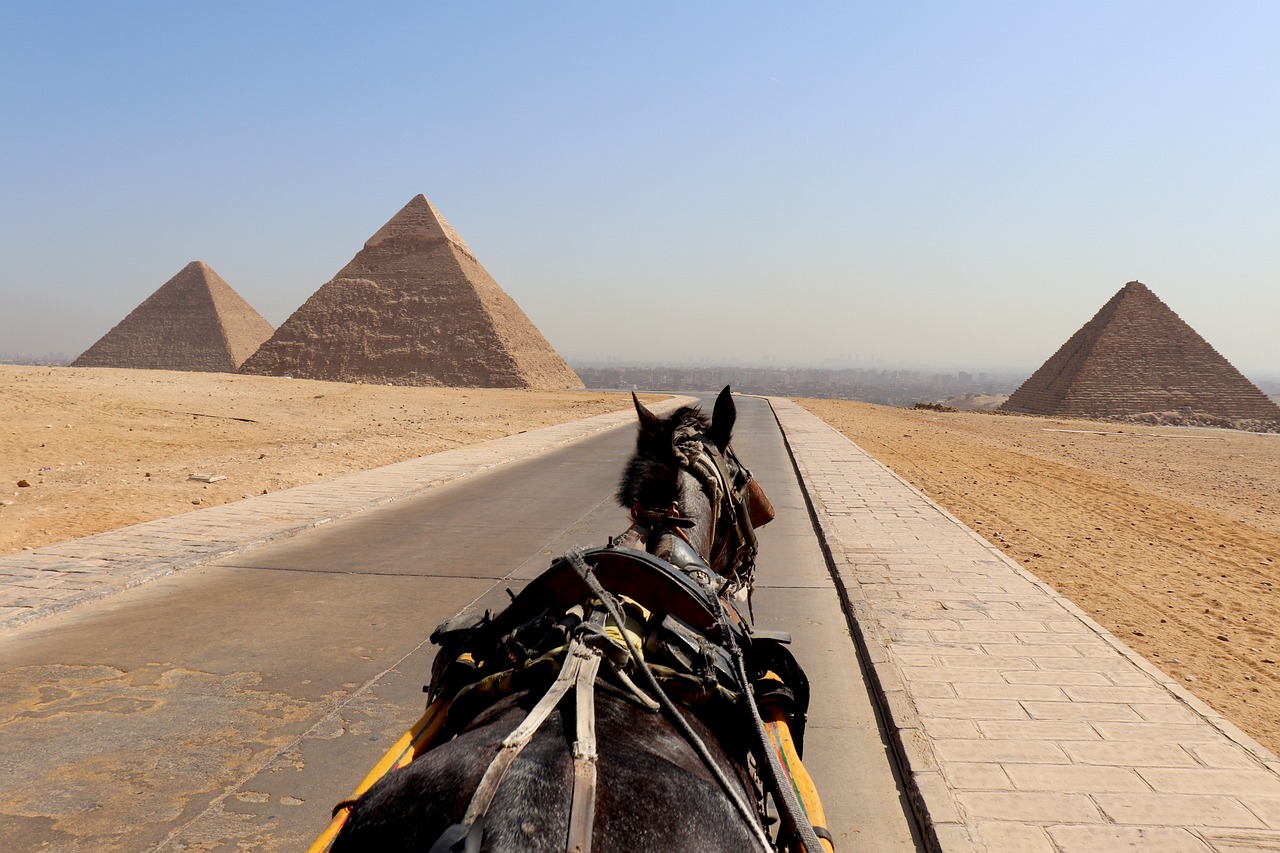
The Egyptian Museum
- Keywords: Egyptian Museum, Artifacts, Tutankhamun
- Summary: The Egyptian Museum is home to an extensive collection of ancient Egyptian artifacts, including the iconic treasures of Tutankhamun. Visitors can immerse themselves in the rich history and culture of Egypt through the museum’s vast exhibits and learn about the fascinating lives of the pharaohs.
The Egyptian Museum, located in Tahrir Square, houses one of the world’s most extensive collections of ancient Egyptian artifacts. With over 120,000 items on display, visitors can explore the rich history and culture of Egypt spanning over 5,000 years. The museum is particularly famous for its collection of treasures from the tomb of Tutankhamun, including his golden death mask, jewelry, and funerary objects. These artifacts provide a glimpse into the opulence and beliefs of ancient Egyptian royalty. Aside from the Tutankhamun collection, the museum also showcases mummies, statues, and various artifacts from different periods of Egyptian history.
Cairo Egypt Image 2: 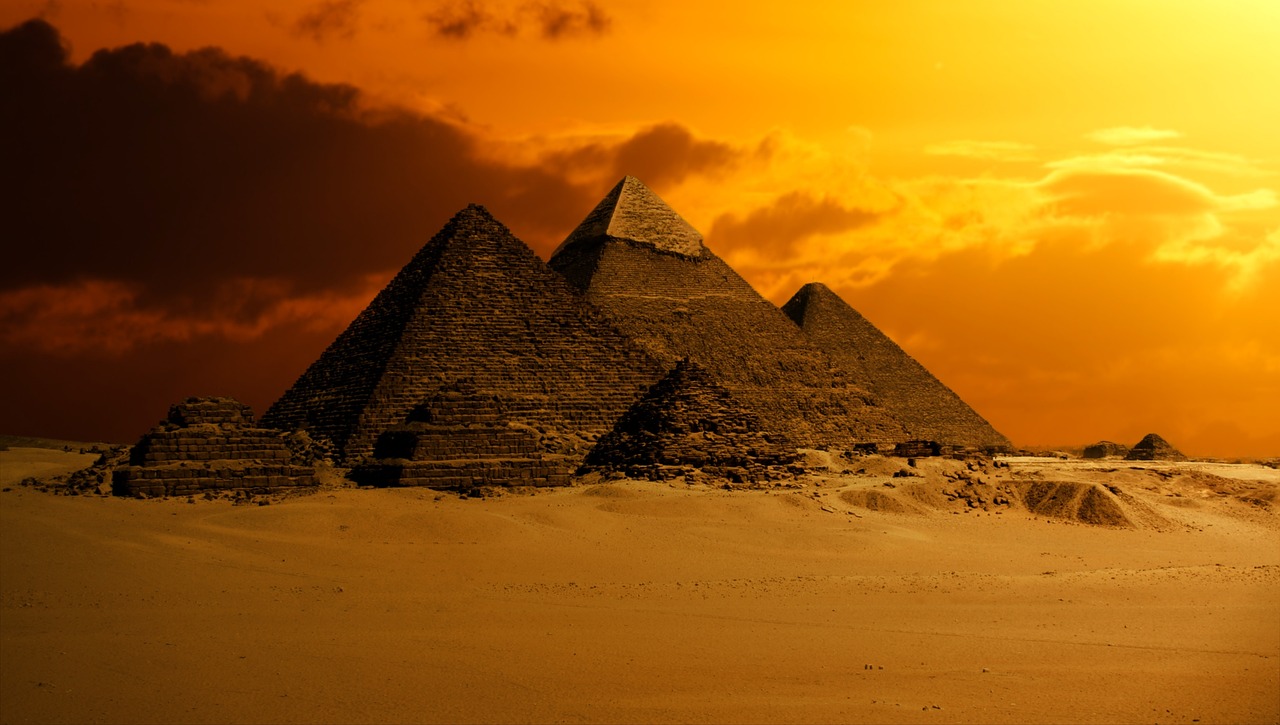
The Citadel of Saladin
- Keywords: Citadel, Saladin, Islamic Architecture
- Summary: The Citadel of Saladin is a medieval fortress that dominates Cairo’s skyline. Built by Saladin in the 12th century, it served as a bastion of defense and a symbol of Islamic power. Today, visitors can explore its mosques, museums, and enjoy panoramic views of the city.
The Citadel of Saladin, also known as the Cairo Citadel, is a massive fortress located on a hill in the heart of Cairo. Constructed by the famous Islamic military leader Saladin in the 12th century, it served as a defensive stronghold against Crusader attacks. The Citadel is renowned for its stunning Islamic architecture, with notable structures such as the Alabaster Mosque (Mosque of Muhammad Ali) and the Mosque of Sultan Al-Nasir Muhammad. The Alabaster Mosque, with its towering minarets and grand domes, is a masterpiece of Ottoman-era design. Inside the Citadel, visitors can also explore the Military Museum and enjoy panoramic views of Cairo from its elevated position.
The Hanging Church
- Keywords: Hanging Church, Coptic Christianity, Historic Architecture
- Summary: The Hanging Church, officially known as the Church of the Virgin Mary, is one of the oldest churches in Cairo. Its unique architectural style and historical significance make it a must-visit for those interested in Coptic Christianity and ancient Egyptian Christian heritage.
The Hanging Church, also known as the Church of the Virgin Mary or Saint Virgin Mary’s Coptic Orthodox Church, is a significant religious site for Coptic Christians. Dating back to the 3rd century, it is one of the oldest churches in Cairo. The church gets its name from its location above the gatehouse of the Babylon Fortress, giving the illusion of “hanging” over the street. The Hanging Church showcases a blend of architectural styles, combining elements from the Roman, Byzantine, and Islamic periods. Inside, visitors can admire intricate woodwork, beautiful icons, and ancient artifacts that depict the history of Coptic Christianity in Egypt.
Khan El Khalili
- Keywords: Khan El Khalili, Souk, Traditional Crafts
- Summary: Khan El Khalili is a bustling marketplace that has been a center of trade and commerce in Cairo for centuries. With its narrow alleys, vibrant atmosphere, and diverse array of shops, it offers visitors a unique experience to immerse themselves in traditional Egyptian culture and find unique souvenirs.
Khan El Khalili is a historic marketplace in the heart of Islamic Cairo. Dating back to the 14th century, it has been a bustling center of trade and commerce for centuries. The souk’s narrow alleys are filled with shops selling a wide variety of goods, including jewelry, spices, textiles, traditional crafts, and souvenirs. Visitors can wander through the vibrant streets, haggle with shopkeepers, and experience the lively atmosphere that has remained largely unchanged for generations. Khan El Khalili is also home to several traditional coffeehouses and restaurants, where visitors can savor Egyptian cuisine and indulge in the local culture.
Cairo Egypt Image 3: 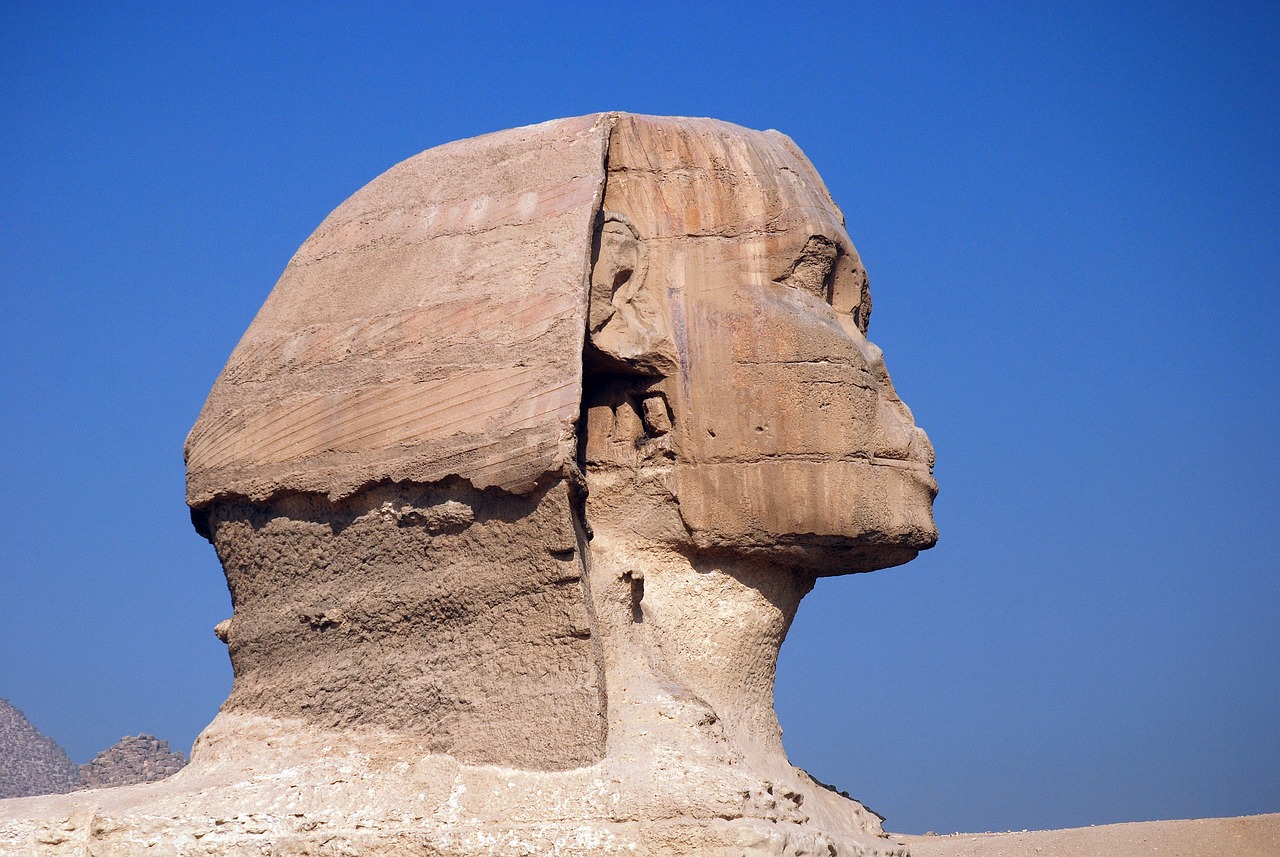
Coptic Cairo
- Keywords: Coptic Cairo, Christian Heritage, Old Churches
- Summary: Coptic Cairo is a historic neighborhood that preserves the rich Christian heritage of Egypt. It is home to several ancient churches, including the famous Hanging Church, and offers visitors a glimpse into the early days of Christianity in the region.
Coptic Cairo, also known as Old Cairo or Misr al-Qadima, is a neighborhood that holds great significance for Egypt’s Christian community. It is home to numerous ancient churches, monasteries, and religious sites. One of the most notable landmarks in Coptic Cairo is the Hanging Church, which we discussed earlier. Other significant churches in the area include the Church of St. Sergius and Bacchus, where it is believed that the Holy Family stayed during their flight to Egypt, and the Church of St. Barbara, known for its beautiful icons and intricate woodwork. Visitors to Coptic Cairo can explore these historic churches, visit the Coptic Museum, and immerse themselves in the rich Christian heritage of Egypt.
The Al-Azhar Mosque
- Keywords: Al-Azhar Mosque, Islamic Learning, Oldest University
- Summary: The Al-Azhar Mosque is one of the world’s oldest universities and a significant center for Islamic learning. Its stunning architecture and peaceful ambiance make it a must-visit landmark in Cairo for both religious and cultural reasons.
The Al-Azhar Mosque, located in the heart of Islamic Cairo, is not only a place of worship but also one of the world’s oldest universities. Founded in 970 AD, it has been a center for Islamic learning for over a thousand years. The mosque’s architecture showcases a blend of different Islamic styles, with intricate details and beautiful minarets. Visitors can explore the mosque’s peaceful courtyards, admire its stunning interiors, and witness the devotion of worshippers. Al-Azhar University, affiliated with the mosque, continues to be a prominent institution for Islamic studies, attracting students from around the world.
The Sultan Hassan Mosque
- Keywords: Sultan Hassan Mosque, Mamluk Architecture, Madrasa
- Summary: The Sultan Hassan Mosque is a masterpiece of Mamluk architecture, known for its grandeur and intricate design. It also housed a madrasa (Islamic school) during its early days, showcasing the importance of education in Islamic society.
The Sultan Hassan Mosque, built during the Mamluk period in the 14th century, stands as a testament to the architectural brilliance of that era. Its imposing size and intricate design make it one of Cairo’s most impressive mosques. The mosque was not only a place of worship but also housed a madrasa (Islamic school) where students received education in various fields of knowledge. The Sultan Hassan Mosque features stunning details, including beautiful calligraphy, ornate ceilings, and towering minarets. Visitors can explore the mosque’s interiors and marvel at the craftsmanship that went into its construction.
The Ibn Tulun Mosque
- Keywords: Ibn Tulun Mosque, Tulunid Dynasty, Spiral Minaret
- Summary: The Ibn Tulun Mosque is the oldest surviving mosque in Cairo and one of the city’s architectural gems. Built during the Tulunid dynasty, it features unique design elements, including a spiral minaret, and offers visitors a serene and peaceful atmosphere.
The Ibn Tulun Mosque, constructed in the 9th century during the Tulunid dynasty, is the oldest surviving mosque in Cairo. It is renowned for its unique architectural features and serene ambiance. The mosque’s most distinctive element is its spiral minaret, which offers panoramic views of the city from the top. The mosque’s prayer hall showcases beautiful arches, carved wooden screens, and a tranquil courtyard. Visitors can explore the mosque’s interiors, climb the minaret for breathtaking views, and appreciate the historical and architectural significance of this ancient Islamic monument.
The Nilometer
- Keywords: Nilometer, River Nile, Flood Measurement
- Summary: The Nilometer is a historical structure used to measure the water levels of the River Nile. It played a crucial role in monitoring the annual flooding of the river, which was essential for agriculture and the livelihood of ancient Egyptians.
The Nilometer is a historical structure located on the island of Rhoda in the River Nile. It was used in ancient times to measure the water levels of the river, which played a crucial role in predicting the annual flood. The flooding of the Nile was vital for agriculture as it deposited nutrient-rich silt on the surrounding farmland. The Nilometer consisted of a well or a pit with marked graduations indicating the water level. Based on these measurements, the ancient Egyptians could plan their agricultural activities and ensure a bountiful harvest. Today, visitors can see the remains of the Nilometer and learn about its significance in the ancient Egyptian civilization.
Conclusion
Cairo Egypt is a city steeped in history and brimming with remarkable historical landmarks. From the awe-inspiring pyramids to the intricate mosques and churches, each site tells a story of the ancient civilizations that once thrived in this region. Exploring these landmarks offers a glimpse into the rich cultural heritage of Egypt and the architectural marvels that have stood the test of time.
References
- Egyptian Museum: egyptianmuseumcairo.gov.eg
- Al-Azhar Mosque: alazhar.gov.eg
- Sultan Hassan Mosque: archnet.org
- Ibn Tulun Mosque: islamicart.museumwnf.org
- The Great Pyramid of Giza: unesco.org
- The Citadel of Saladin: egypt.travel
- The Hanging Church: egypt.travel
- Khan El Khalili: egypt.travel
- Coptic Cairo: egypt.travel
- The Nilometer: tourism.gov.eg



